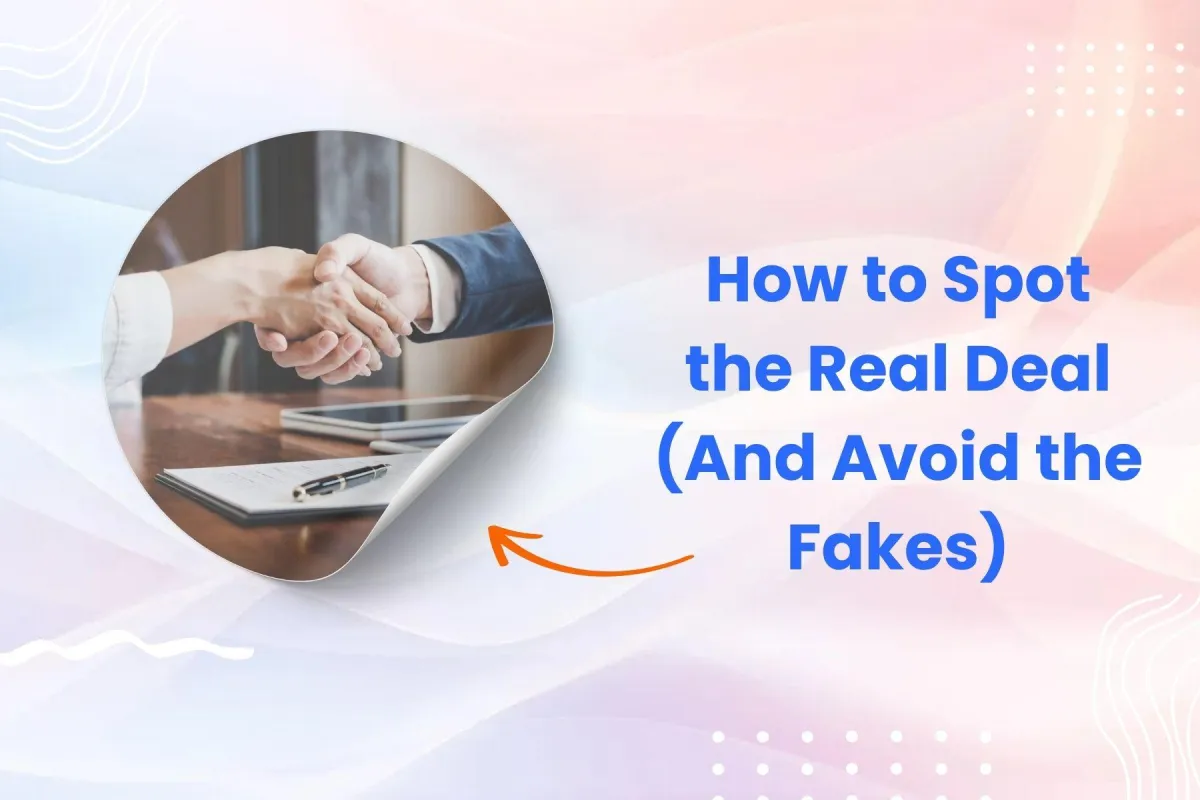
The Truth About Breakthroughs: How to Spot the Real Deal (And Avoid the Fakes)
Hey Future Looper!
Remember when we talked about creating breakthrough moments? Well, today we're going to tackle something really important: how to tell if a breakthrough is actually... you know, a breakthrough.
(And no, someone saying "Wow, that's amazing!" doesn't automatically count. Though wouldn't that make our jobs easier? 😉)
The False Breakthrough Trap
Here's a confession: early in my coaching days, I used to get really excited whenever a client had an "aha" moment.
You know the one - eyes wide, big smile, "Oh my gosh, I never thought of it that way!"
I'd go home feeling like a superhero. Mission accomplished, right?
Wrong.
Because here's what I discovered: not all "aha" moments are created equal.
The Three Types of Insights
In fact, there are actually three distinct types of insights people have:
Surface Sparkles - Quick, exciting realizations that feel huge but fade fast
Middle Ground Moments - Genuine insights that create some change but don't quite reach the root
Deep System Shifts - True breakthroughs that permanently alter how someone sees themselves and their world
Let me share a story about this...
The Tale of Two Breakthroughs
I once had two clients in the same week who both had what looked like breakthrough moments about their confidence issues.
Client A had this huge emotional reaction: tears, laughter, the whole nine yards. "This changes everything!" they declared.
Client B just got really quiet, made this subtle shift in their posture, and said, "Huh. That's interesting."
Guess which one had the real breakthrough?
(If you said Client B, you're starting to think like a Looper!)
The Telltale Signs
Here's what most people don't realize about real breakthroughs:
They often look smaller on the outside than they feel on the inside.
Think of it like an iceberg - the visible part might not look like much, but underneath... that's where the real change happens.
How to Spot the Real Deal
Want to know if you're witnessing a genuine breakthrough? Look for these signs:
Quietness instead of excitement
Physical shifts that the person doesn't notice
A sudden simplicity to something that felt complex
Natural changes in behavior without forced effort
Zero need to convince anyone about the insight
The Reality Check
When a real breakthrough happens, the person doesn't need to convince you – or themselves – that it's real.
It just... is.
Like that moment when you realize you already know how to ride a bike. You don't need to announce it. You don't need to convince anyone. You just... ride.
The Space Between
Here's something fascinating about real breakthroughs:
They often happen in the silence between words.
Remember what we talked about with unconscious signals? Those tiny moments when someone's speech slows down, or their eyes get that faraway look?
That's not them spacing out – that's their unconscious mind doing the real work.
The Integration Dance
When someone has a surface-level insight, they often rush to act on it immediately:
"I need to write this down!"
"I have to tell everyone!"
"I should make a plan right now!"
But with real breakthroughs?
There's this beautiful moment of integration. A natural pause. A settling in.
It's like watching a snowflake land on your sleeve – the more you try to grab it, the faster it disappears.
The Three Questions Test
Want to know if you're witnessing a real breakthrough? Ask yourself these three questions:
Did they discover it, or did you tell them?
Are they trying to convince anyone (including themselves)?
Does the change feel forced or natural?
Real breakthroughs are always discovered, never need defending, and feel as natural as breathing.
Beyond the Moment
Here's the really cool part about genuine breakthroughs:
They ripple.
Like dropping a stone in a pond, a real breakthrough creates changes that extend far beyond the original insight.
You might work with someone on their confidence, but suddenly they're also:
Sleeping better
Having improved relationships
Taking better care of themselves
Why? Because real change happens at the system level, not just the symptom level.
What's Next?
Next time, we're going to dive into something really exciting: how to create the conditions for real breakthroughs to happen naturally.
Because while we can't force breakthroughs (trust me, I've tried!), we can create the perfect environment for them to emerge.
But for now, try this: next time you think you see a breakthrough happening, resist the urge to celebrate or validate it.
Instead, get curious about what happens next.
You might be surprised at what you discover.
See you in the loop!
P.S. Notice any unconscious signals as you were reading this? That little nod, or "aha" moment? I'd love to hear about it at [email protected].
Ready to learn more about Enter the Loop? Let's chat about how it can amplify your specific practice.
(And yes, that moment where you questioned whether your breakthroughs were "real enough" counts as a breakthrough itself... I see you! 😉)
